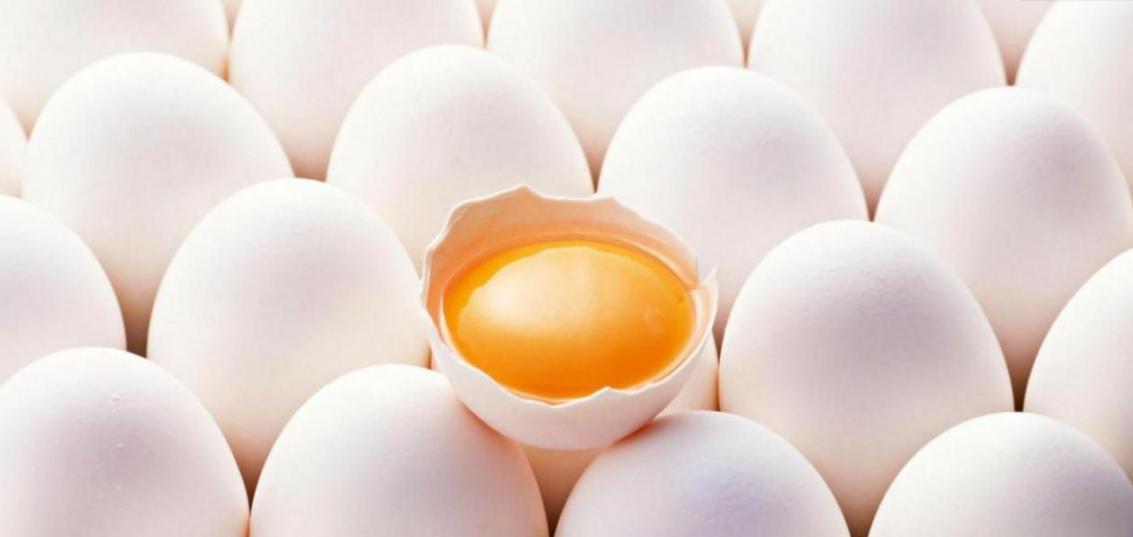With the emergence of food security as one of the most important issues of the millennium, it has become more crucial than ever to develop new methods of food preservation to prevent wastage. Dehydration is one such method which helps preserve food products, including fruits and vegetables, dairy and meat for extended periods of time.
An article in the Persian daily Forsat-e Emrouz focuses on investment opportunities in the production of dried (powdered) and pasteurized liquid egg.
Powdered egg is a fully dehydrated egg. It is made by using spray drying in the same way that powdered milk is made. The major advantages of powdered egg over fresh egg are the price, reduced weight per volume of whole egg equivalent and the long shelf life. Other advantages include smaller usage of storage space and lack of need for refrigeration. Powdered egg has a storage life of 5 to 10 years when stored without oxygen in a cool environment. Their main application is in the baking industries but they can also be mixed with water to make food such as omelet.
In the Middle Ages the Chinese used to air dry egg that had been whipped and left in the sun to dry before grinding it. China industrialized egg powder production in the 1900s to benefit from its abundant egg production. Manufacturing powdered egg in its modern form was developed in the 1930s by a London-based cake manufacturing company, after which many other suppliers came into the market notably in the United States. Powdered eggs were used in the United Kingdom during World War II for rationing.
Pasteurizing and freezing are other ways of preserving egg. Pasteurized liquid and frozen egg is sold either as whole or separated egg (white or yolk). These products are suitable both for baking purposes as well as in places where eggs are needed in large quantities such as restaurants. The refrigerated liquid egg has a shelf life of about 12 weeks, while frozen egg products can be stored for up to a year.
In some countries that have been processing egg for many years, the proportion of egg products’ consumption has reached up to 40% of total egg production. Growing industrialization, tightening of health standards related to food safety and evolution of the customers’ taste are seen as contributing factors to the growing demand.
Tough Competition for Iranian Companies
Iranian companies have taken special note of egg products such as powdered and liquid eggs in recent years, but the products have not yet found their way into people’s shopping baskets and industries due mainly to lack of awareness. This provides for suitable investment potential in the industry, given that suitable market research is carried out in advance.
Manager of Telavang Company, Kaveh Momeni believes the Iranian manufacturers of liquid and powder egg products face tough competition from international players who have been in the market for a much longer time. But he says entering the global scene is possible through comprehensive market research and improving competitiveness.
The report in Forsat-e Emruz estimates that an investment of about 300 billion rials ($9 million) is required for establishing an egg powder manufacturing plant with capacity to produce 500 tons of whole egg powder per day. The investment required for building a liquid egg production facility with the same capacity is substantially lower as it eliminates the need for drying. On average, one kilogram of powdered egg requires the drying of four kilograms of liquid egg.


